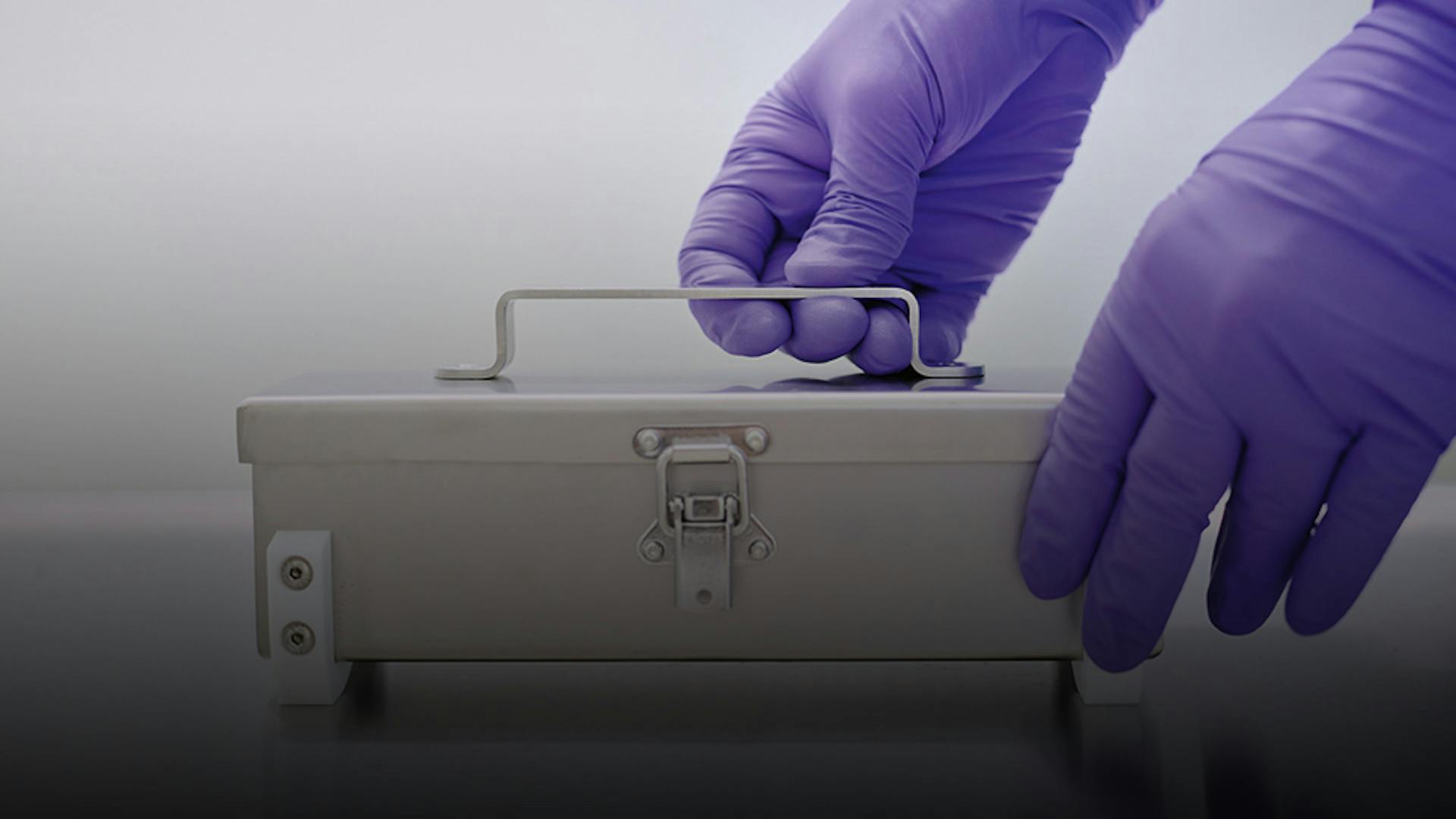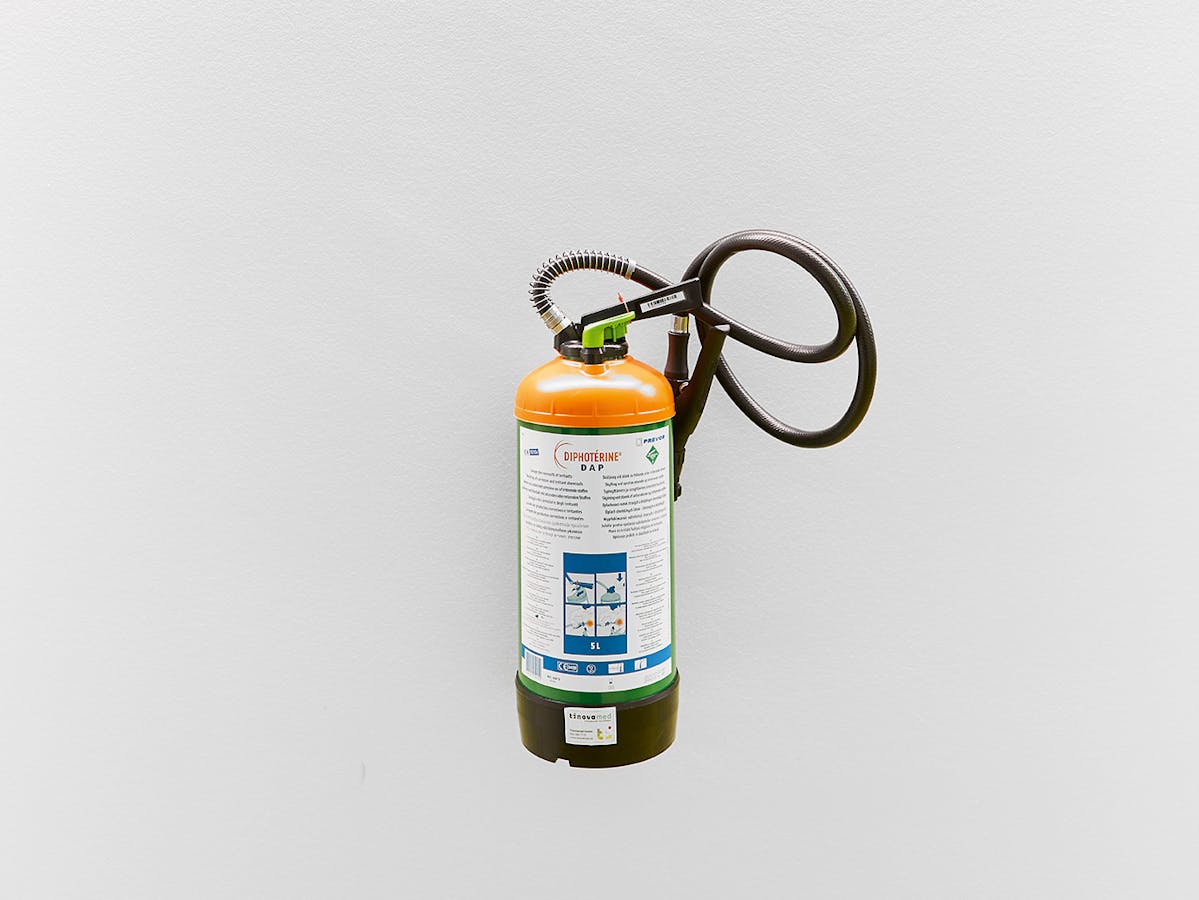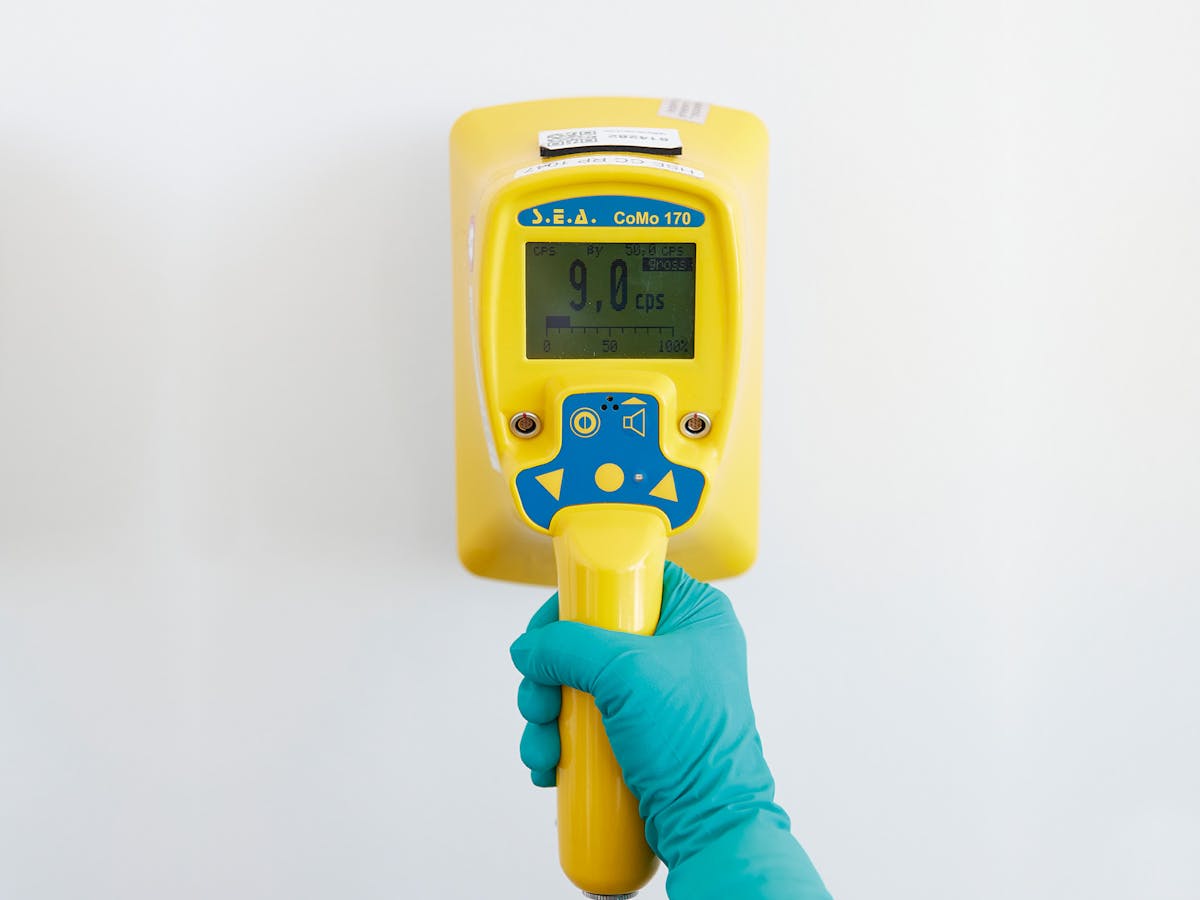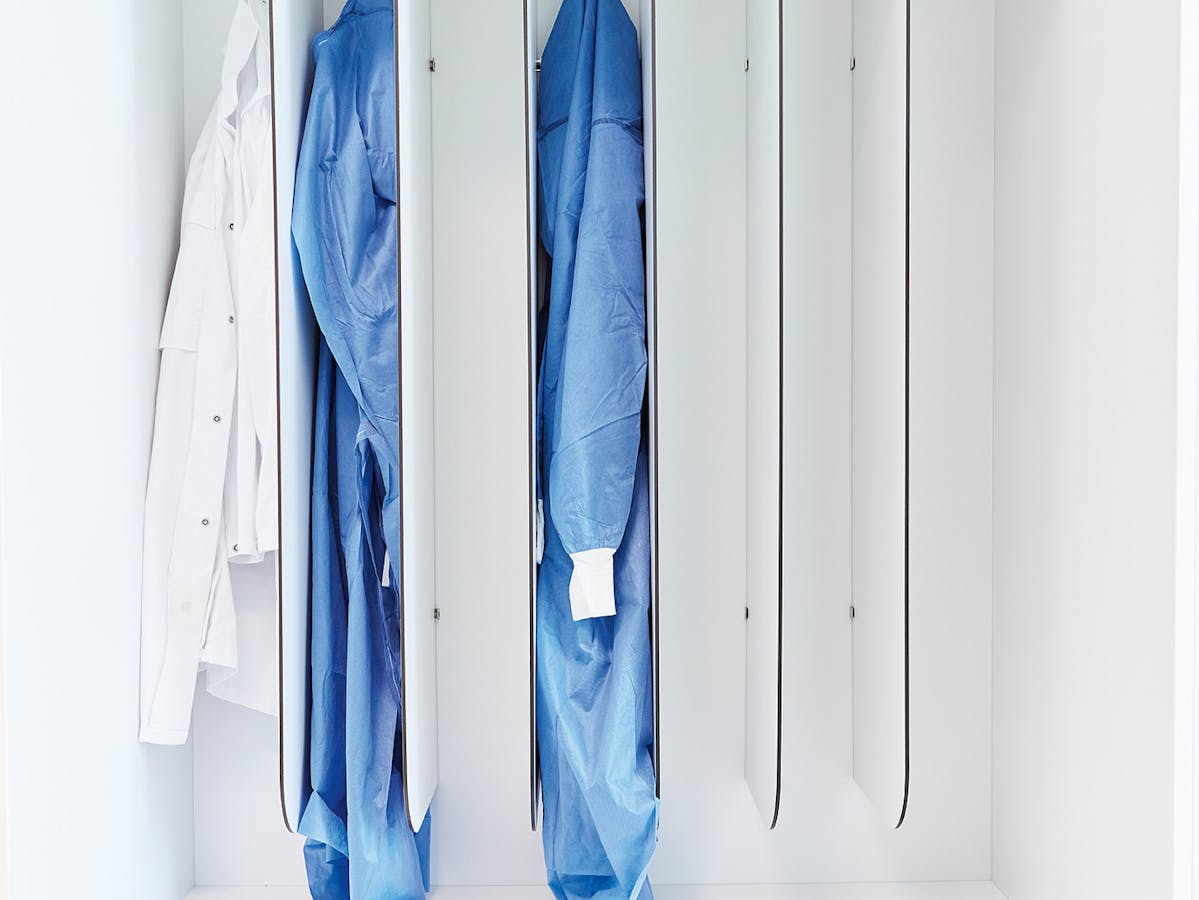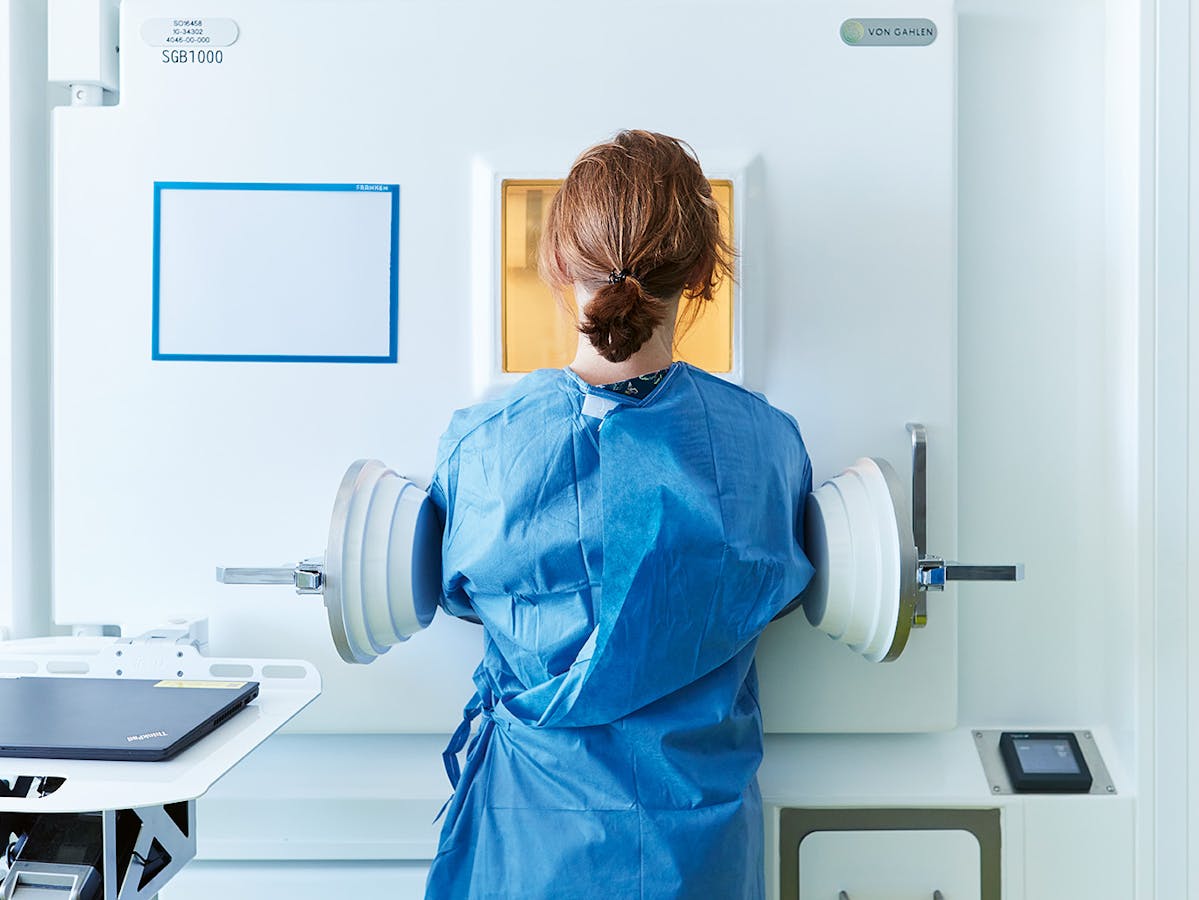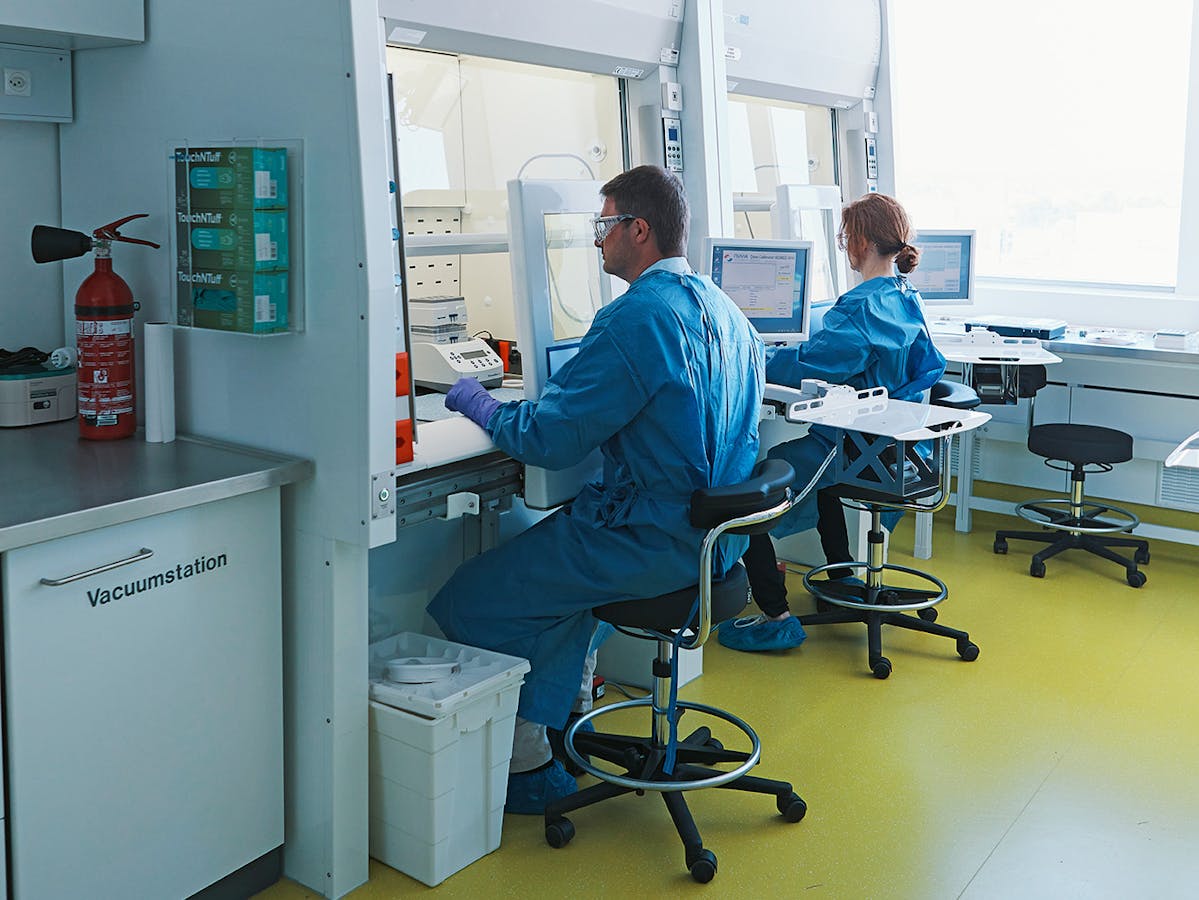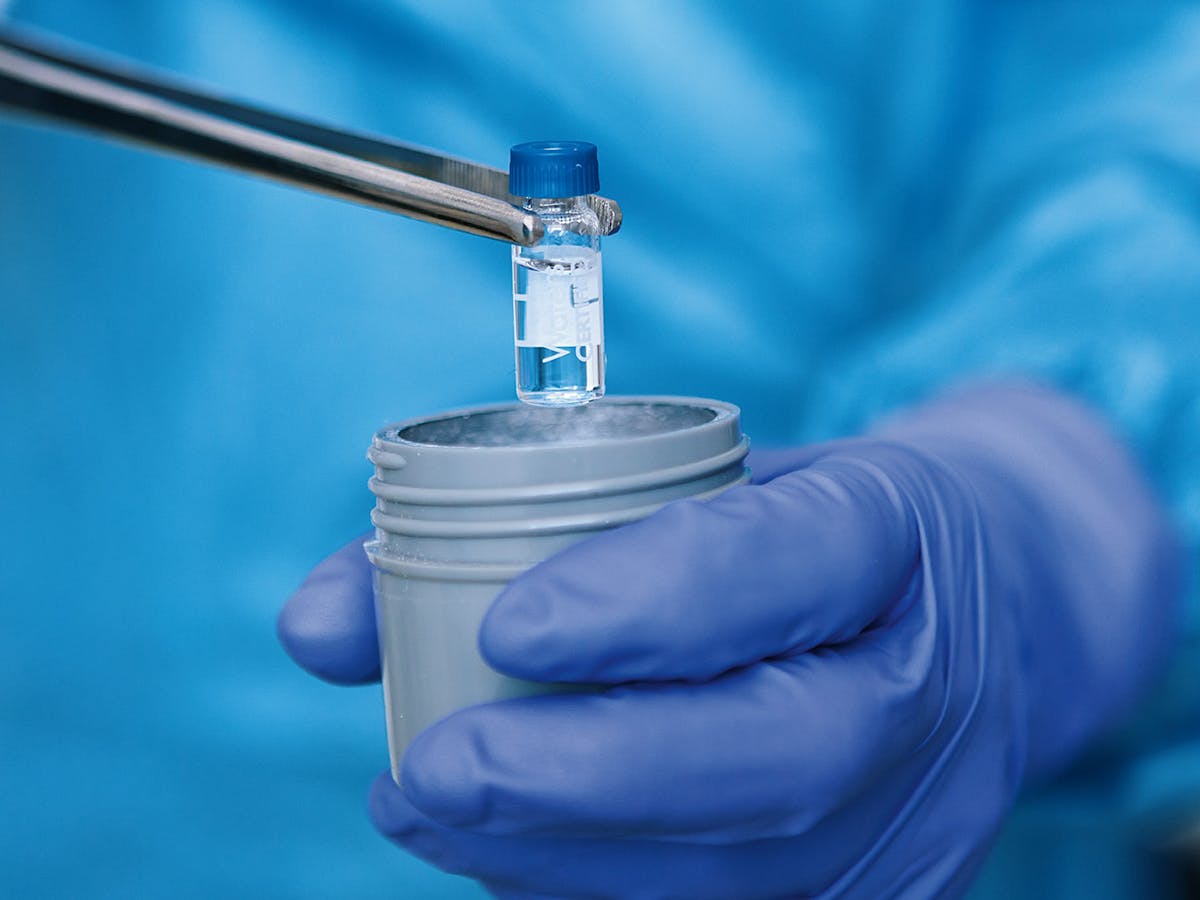
Before and after entering the research facility, scientists check their personal radiation levels.
 Table of contents
Table of contents Precision medicine
Precision medicine Driven by curiosity
Driven by curiosity Going all in
Going all in Building a team
Building a team Reimagining medicine
Reimagining medicinePublished on 12/12/2022
The atmosphere in the newly built radiopharmaceutical lab on the Novartis Campus in Basel was bursting with excitement in late spring of 2022. The more than dozen team members were buzzing busily over the extended facility floor, preparing the last steps before the state-of-the-art lab finally goes online.
The team – under the leadership of Markus Reschke – was only a few days from activating the research facility. The eagerly awaited moment would bring more than two years of meticulous preparation to a close and serve as the starting point for a new chapter in the long innovation quest of the Novartis Institutes for BioMedical Research.
“This has been quite a journey,” recalled Reschke, when I met him shortly before the lab opening. The biologist by training had been with the project since its first days, when Novartis decided to invest in a radioligand lab in Basel and “go all in” on one of the most advanced medical therapeutic domains. “To see it finally go live is like a dream come true.”
The venture of Novartis into nuclear medicine goes back to 2018. This is when the company completed its bid to take over Advanced Accelerator Applications, or AAA, a pioneer in radioligand therapy, which combines disease-binding vectors – special molecules – with radioactive agents. In 2018, the company upped the ante by acquiring US-based Endocyte, which operates in the same field.
The takeovers came only a few months after Vas Narasimhan rose to the Chief Executive position at Novartis and moved the company to embrace new cutting-edge technologies that go beyond traditional small-molecule and biotech drugs.
Besides extending activities in cell, gene and radioligand therapy, Narasimhan also broadened the company’s scope in areas such as short interfering RNA – or siRNA – technology, which can be used to silence disease-triggering pathways. At the time, Narasimhan said his aim was to “make the game board bigger to find breakthrough therapies.”
